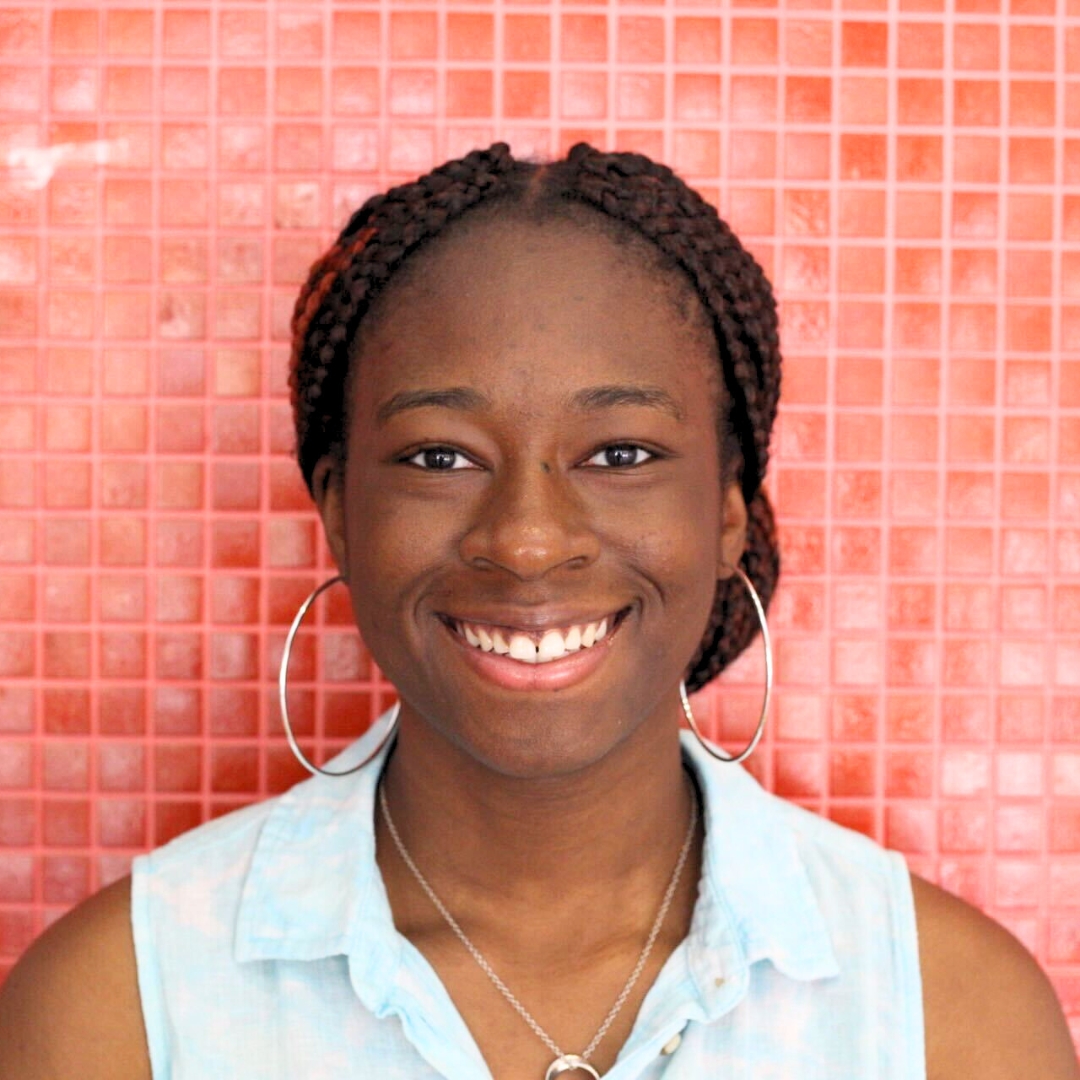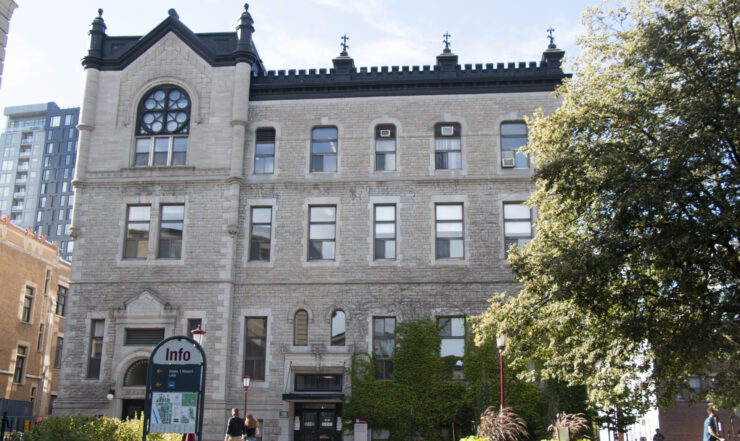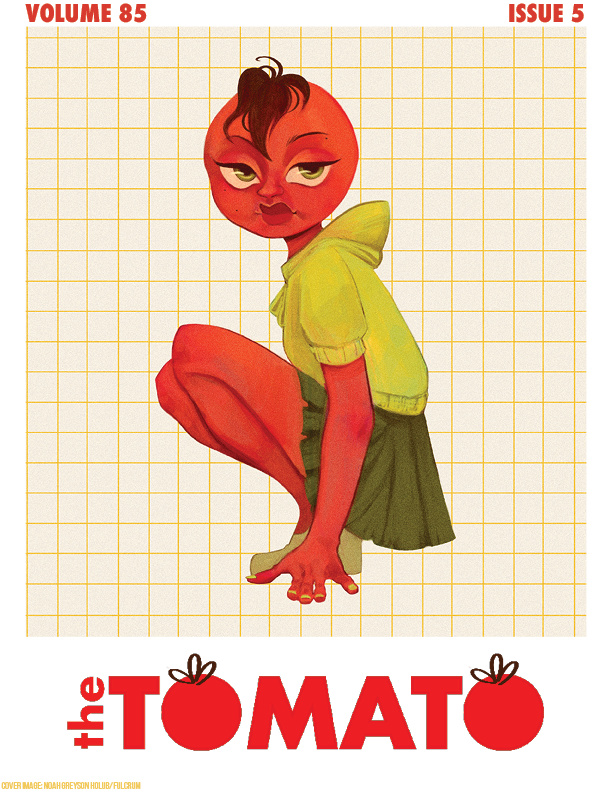Canadians may not be as loud but our art is definitely proud
After wrapping up the Black History Month celebrations, it is necessary to reflect on how we celebrated this year and how we should commemorate Black History Month next year.
When we hear the term ‘Black History Month,’ it is often accompanied by certain thoughts— thoughts of the civil rights movement, historic brutality by civilians as well as law enforcement and the birth of music genres like jazz, blues, R&B and hip-hop in the midst of strife.
We think of the people who are embodied in movements such as breakdancing and footwork like crip walking. People who are affiliated with rap and gang violence and structural racism and a host of other things – Black people blend their hardships and joys together to create beautiful art and they are beautiful for this and more during Black History month.
This month, we remember people like Maya Angelou, Luther Vandross, Aretha Franklin, Martin Luther King (MLK) and all their historic contributions. We also celebrate new trailblazers like John Legend, Beyoncé and Laverne Cox … in America.
But this is Canada. There was no MLK speech, and we don’t have Kendrick Lamar (we got Drake). Nevertheless, Canada’s Black culture isn’t any less vibrant. It’s just different and our Black History Month celebrates that.
Black History Month in Canada honours the contributions of Black Canadians to our country’s culture, prosperity and diversity in many disciplines: social sciences, sciences, law, medicine, engineering, and of course, the arts. The understated contributions of Black Canadians to the Canadian art sphere have significantly influenced development in several areas of art. Canadian Black History Month aims to shine some light on those contributions.
In the Canadian music sphere, Black Canadians have influenced the development of several genres including jazz, blues, hip-hop and bluegrass (in the Maritimes). Musicians like Oscar Peterson (known as Canada’s first jazz star) and Eleanor Collins (Canada’s first Black entertainer and woman to have her own national television show) made history in Canada by developing the jazz genre.
In dance and cinema, Sevyn, co-founded the first Canadian Ballroom House (the House of Monroe), while Sylvia Hamilton challenged and reshaped Canada’s history through her works as a writer, and filmmaker. Black Canadians have also enriched Canadian literature with themes of resistance, change, and community.
Notable writers like Cheryl Foggo, and Dionne Brand have mixed aspects of their heritage as migrants or descendants of migrants with their identity as Canadians to create new works of art that continue to enrich and celebrate the complexities of the Canadian cultural identity.
The list is endless: Portia White was the first Black Canadian concert singer to gain international fame and is considered one of the best classical voices of the 20th century; Mary Ann Shadd had numerous contributions to anti-slavery writing.
Currently, we have trailblazers like Black Canadian dancer, Shameka Blake, who uses her dance to spotlight Black culture and social justice issues relating to culture, gender and ethnicity.
All these people and more are celebrated on Black History Month for their past and continuous contributions to the Canadian art scene. Art galleries – like the Art Gallery of Ontario – often spotlight works by Black Canadian artists and performances that honour black history are held during the month in places like the National Arts Centre.
However, why are these people are only spotlighted during Black History Month? If these people made, and keep making phenomenal contributions to Canadian art and literature, why are they only mentioned when talking about ‘Black history’? Why do their works not appear in places like the Art Gallery of Ontario and the National Arts Centre more often? Why are their contributions not integrated into the Canadian K-12 curriculum?
Black art history in Canada reveals important parts of Canada’s past. It is not a separate entity. As a result, Black History Month is not just about spotlighting Black people—it’s about exploring some parts of Canadian history that are often left behind in the shadows.
Sylvia Hamilton’s documentary film, Speak It! From the Heart of Black Nova Scotia, should not only be limited to a curriculum campaign to include Black artists in the school curriculum. It should be a part of art history classes and Canadian history classes and literature classes because while the art tells of the stories and contributions of Black Canadians and Black history, it also tells of Canadian history. It tells the history of the racism Black Canadians face in a predominantly white Halifax school – exposing a side of Canadian society that most people don’t see or ignore.
Similarly, Mary Ann Shadd should be celebrated not just because she was black and a revolutionary, but because she is an instrumental part of a history that is just as relevant to Canada as it is to America – slavery. Her work as a lawyer, writer and publisher fighting against slavery is as relevant to history books as the world wars. It deserves a place in mainstream Canadian history.
Again, the list is endless. Through Black History Month, Canada recognizes that the Black Canadian population has been wrongfully left out of the telling of history and seeks to rectify this issue. However, this rectification should not start and end once a year in February.
Black Canadian history is Canadian history so ultimately, we should be working towards a future where there is no need for such a distinction. While seamlessly integrating Black Canadian history into Canadian history may take time, it is a necessary step to erasing the divide between the two histories.
Until then, we can do our part to educate ourselves on what Black Canadians were up to in history – they have always been there, they just were not talked about. However, we don’t have to all start big. Consider taking some time off to explore Black Canadian art and culture.
Instead of marveling over the works of Maya Angelou, listening to documentaries on Luther Vandross, or wishing you could have been at Kendrick Lamar’s Super Bowl halftime performance, check out what Black Canadians have done for the Canadian art and literary scene.
Through reading literature like Invisible Boy and The Blue Clerk or exploring scenes like Caribana and Afrofest you will come to discover that while Black culture may not be as loud as it is with our neighbours down south, it is certainly not any less vibrant and there is so much more to it than meets the eye.







